The sunset for federal incentives is fast approaching for residential clean energy and energy efficiency tax credits, but in many states, heat pumps have more bankable options on their horizon.
The One Big Beautiful Bill (OBBB) brought a new era to clean energy tax credits. Similar to the Residential Clean Energy (Section 25D) tax credit, the OBBB snapped forward the deadline for the Residential Energy Efficient Home Improvement Tax Credit (Section 25C) from 2032 to Dec. 31, 2025.
More than two million households claimed a total of about $2 billion in the IRA’s 25C tax credits in 2023, according to the U.S. Department of Treasury. About 268,000 of these credits were for heat pumps.
These tax credits did not just help consumers. According to nonprofit Rewiring America, projects supported by 25C contributed $22 billion in consumer spending for energy-efficient appliances and projects in 2023.
In part, “heat pump” is a bit of a misnomer. Heat pumps keep homes cool during hot weather and warm when it’s cold outside.
What is the 25C tax credit?
The IRA’s Energy Efficient Home Improvement Credit (25C) tax credit provides up to $2,000 per year for qualified heat pumps, water heaters biomass stoves and biomass boilers. The 25C tax credit also provided up to $1,200 for energy efficient property costs and home improvements.
How the OBBB affects 25C heat pumps
The 25C will be repealed after Dec. 31, 2025.
Earlier this year, an analysis by Rewiring America said widespread use of technologies supported by 25C would lead to an annual peak demand reduction greater than 1 GW in seven states, with Texas reducing its peak demand the most. A separate analysis found technologies supported by 25C and 25D, like heat pumps and rooftop solar, could reduce residential electricity demand by nearly half in some states.
Aside from the higher sticker price, the early repeal broadens the barrier of entry for those who can afford the upfront cost. Though past research found low-income households are less likely to take advantage of energy efficiency and clean energy incentives, “the IRA provides more targeted incentives than past federal policies,” found research from the University of Wisconsin-Madison published in December 2024.
Rate Design
States are likely to be strained after the OBBBA left them to pick up the check on clean energy incentives, as well as certain healthcare programs and food assistance programs. As a result, states may look to encourage heat pump adoption through means other than or in addition to state incentives.
In fact, a report from the American Council for an Energy-Efficient Economy said, “Heat pump-specific rate plans are best for incentivizing heat pump adoption, with winter discounts being a potentially important facet of those plans.”
However, heat pump electric rates aren’t always successful, with many adopters leaving money on the table after their system is installed. Of the 43,852 heat pump installations New York utility completed through its Clean Heat program, a mere 425 heat pump customers enrolled in the designated heat pump rate, leaving $131 million in bill savings unrealized, according to Rewiring America.
Even so, heat pump rate can be important regardless of incentives. In Massachusetts, for example, households that switch to heat pumps often disproportionately pay for grid infrastructure, causing more than half of homes retrofitted with heat pumps to see their winter energy bills go up in the winter, according to the Environmental Defense Fund. On July 29, The Massachusetts Department of Public Utilities issued an order to address this problem, approving a new heat pump rate for the state’s three electric utility customers.
State incentives
State and utility incentives have had a bigger impact on heat pump adoption than the IRA’s 25C,David Rames, a senior product manager for Midea, told pv magazine USA.
Massachusetts’ state incentive, for example, “is by far more generous,” he said. With the state incentive alone, which gives a hefty rebate of up to $10,000, “you’re basically getting it 50% off,” he said.
“The Inflation Reduction Act 25C certainly had a positive effect on heat pump adoption, but what we have to understand is, some of the state-funded programs really weren’t in a lot of states and so it was a big opportunity.”
“Everyone knows that if we’re depending on the federal government to save us, we’re probably looking in the wrong direction, so we need to take matters into our own hands,” he said.
“From a manufacturing standpoint, I think we’re doing that,” he said. “But we also need to look at state and local incentives with an emphasis on the local utility providers,” he said.
The OBBB’s silver lining
The OBBB expanded the use of 529 savings plans, which were traditionally exclusive to college tuition, to cover apprenticeship program costs, trade schools, and other nontraditional learning paths.
“That’s a big deal,” said Rames. Rames said demand for HVAC is high, “the supply of technicians has drastically dropped.”
“If we can use that 529 plan as parents to put our kids through trade schools, especially HVAC,” Rames said, “the next thing you know, we’re going to get better installs. We’re going to get better service and troubleshooting is all going to get better because they’re educated and they can use that 529 plan.”
With more skilled workers, Rames said it will reduce the amount of time it takes to install the system, which too, could lead to more savings down the road.
The 529 education savings account is a “huge thing for the HVAC trade,” Rames said.
If HVAC contractors and business owners can save money through the 529 education plan, Rames said they will be able to offset the money lost through the IRA 25C credit.
This content is protected by copyright and may not be reused. If you want to cooperate with us and would like to reuse some of our content, please contact: editors@pv-magazine.com.
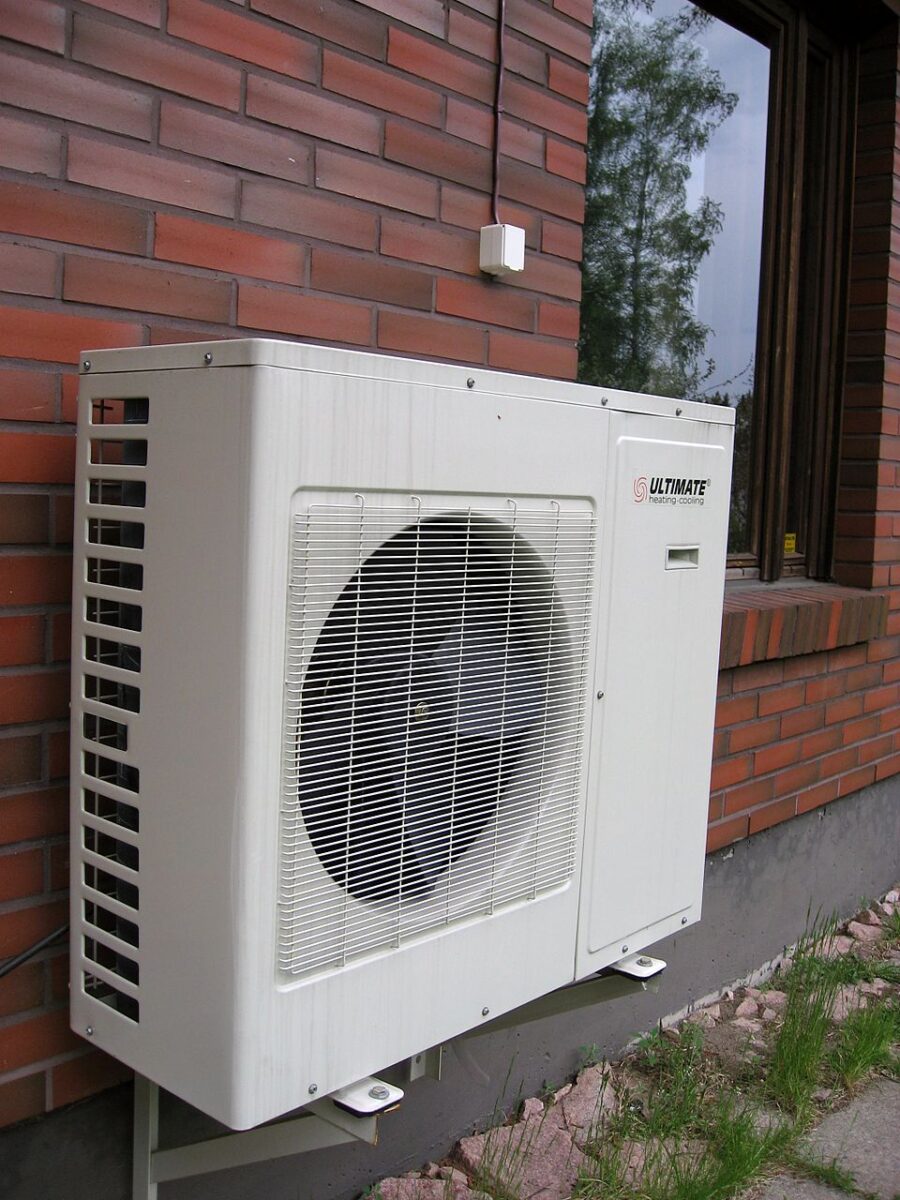
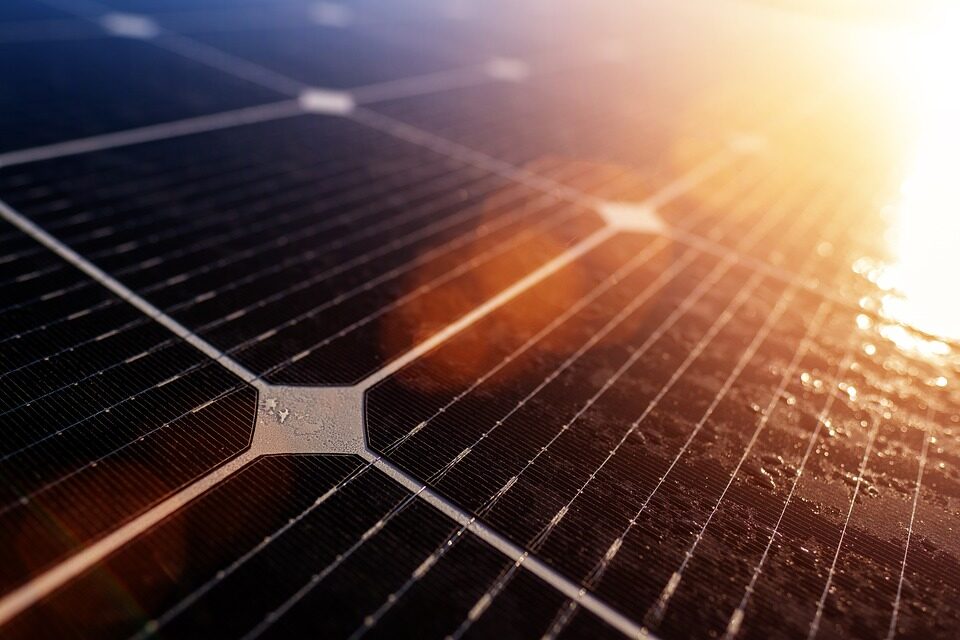


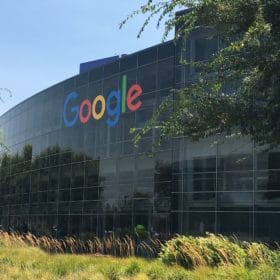
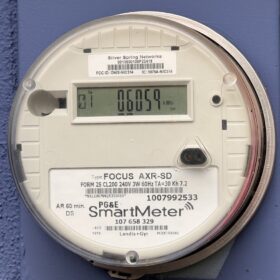

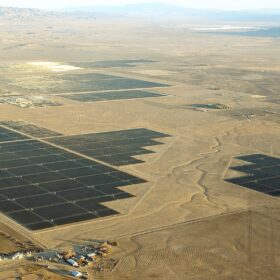
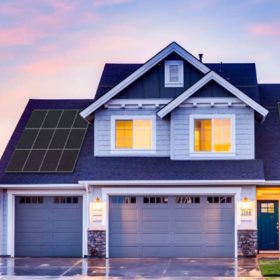
What about the HEA Rebate? $8K
If consumers wanted heat pumps there wouldn’t need to be incentives. Eventually the market would find its own level. Please don’t try to create a market by doubling my electric bill to fund these “incentives “. If the government wants to fund this, get the money elsewhere.
Michael, your electric bill isn’t doubling from incentive programs. Some programs are rate payer funded, but they are small charges to the bill, and you can easily come out ahead by taking advantage of the program for your own home. The 25C is from federal taxes, so per person a very very tiny sliver.
The argument for it from a national perspective is energy security. If we need less fuel to run the country, then we are in a better position. Save the oil n gas in the ground for WW3. Plus, energy independence is a misnomer unless we seal the border from imports/exports. We don’t even refine our own oil.
Done right, a good heat pump will be more comfortable than a furnace and traditional AC. More continuous airflow = better temperature regulation of the physical home itself (vs just the air inside it)
Is the rebate available in Tennessee? If so how does on apply?
Hello Wayne,
I’m not sure which specific rebate you are referring to, but the rebates can also vary by your municipality and your utility. DSIRE has a great database of incentives that you can filter through to find which ones apply to you. For each program, DSIRE maintains a well-organized page with all of the important information, including the program’s contact and website.
It looks like there’s a couple rebate programs available in Tennessee. TVA Energy Right offers between $500 and $1,500 per heat pump unit (the program gives rebates for weatherization too). There’s also some loan programs in there too, programs for schools, etc.
─ Rachel